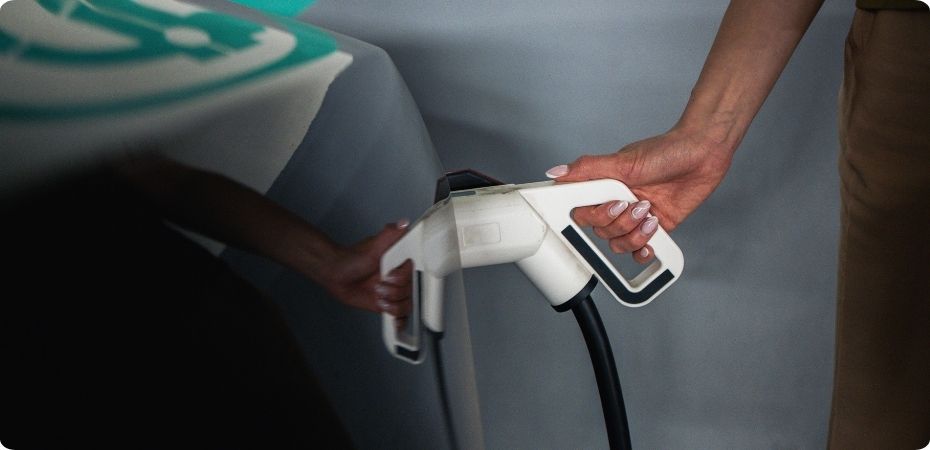Joe McDonald
Associate
Article
4
To accommodate the growing number of electric vehicles on Ontario roads, the Ontario Energy Board has issued a streamlined process to support the construction of new charging stations.

Ontario is striving to establish itself as a leader in the North American automotive innovation industry, attracting over $28 billion in automotive investments within the past three years. As of December 2023, the province had more than 150,000 registered electric vehicles ("EVs") on its roads, a number projected by the Ontario government to surpass one million by 2030.
This includes both battery-electric vehicles ("BEV's") and plug-in hybrid electric vehicles ("PHEV's"). The rising popularity in EV adoption in Ontario has exceeded the capacity of the existing infrastructure, necessitating the need for improvements.
EV drivers and motor vehicle industry leaders have been pushing for the installation of additional charging stations across the province, particularly considering the federal government's announcement that it plans to mandate that all sales of passenger cars, SUVs, crossovers and light trucks be hybrids, electric or hydrogen-powered by 2035.
To address this demand, the Ontario Energy Board ("OEB") has initiated measures to facilitate the integration of EVs into the provincial electricity system. The OEB has now issued a province-wide streamlined procedure that all local utilities must follow, starting on May 27, 2024. For this initiative, the Ontario provincial government has pledged an investment of $91 million into the EV ChargeON program, with the goal of constructing thousands of new EV charging stations across Ontario.
This is exciting news for EV drivers, for power sector stakeholders and for a broad array of manufacturers and EV supply chain companies interested in seeing Ontario at the forefront of the energy transition in transportation now well underway.
Ontario has 58 remaining local electric power distribution companies ("LDC's"), each adhering to a different set of procedures for connecting to EV charging stations. These individual utilities all have different timelines, different information disclosure requirements and different requirements for customers.
The new streamlined procedure mandates that all local utilities follow a single process, where timelines and information requests are standardized, all meant to simplify the building of public chargers.
The updated process for EV charging stations aims to simplify the construction and connection of the EV chargers to Ontario's clean electricity grid. The initiative is intended to support the widespread adoption of EVs in the province by providing EV drivers with more sustainable and convenient travel options. This transformation will also contribute to a positive environmental impact by fostering the expansion of the EV market through improved infrastructure.
Some are apprehensive about the feasibility of the 2035 mandate requiring all new car sales to be electric. Ontario's new streamlined process should help mitigate some of the concern.
The Transportation & Mobility Team at Gowling WLG will continue to follow the development of this initiative and we look forward to answering questions from readers interested in in learning more about the new connection procedures and the opportunities that may arise from the new process.
NOT LEGAL ADVICE. Information made available on this website in any form is for information purposes only. It is not, and should not be taken as, legal advice. You should not rely on, or take or fail to take any action based upon this information. Never disregard professional legal advice or delay in seeking legal advice because of something you have read on this website. Gowling WLG professionals will be pleased to discuss resolutions to specific legal concerns you may have.